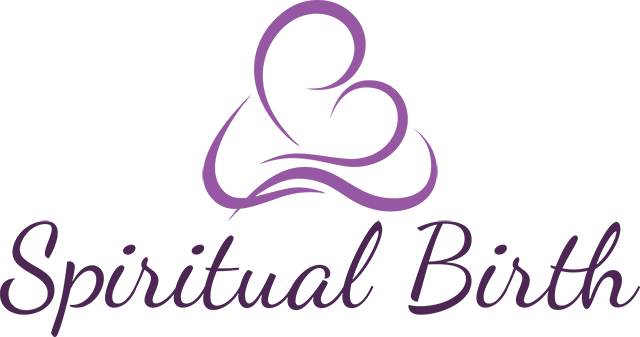Sue was blond, beautiful, pregnant, and single in the 1980’s in South Africa. She was unusual, a career girl of note with a lovely personality. She wished to give her baby up for adoption as there was no relationship with the father of the child, but she wanted to do it differently. She wanted to have the baby with her for a week and to breastfeed so that she could impart her feelings of love to her baby before passing him to the family who would take care of him. I was responsive and supportive of her incredible courage to face her dilemma and be so excrutiatingly honest with herself and her baby. The reason why I felt that for her to hold and have the baby for at least a week was so important goes back to an earlier point in my history.
During my first pregnancy with Caleb, I was invited to a slide presentation on Birth and Bonding presented by Pat Torngren. I was curious and eager to learn anything new about what was soon to befall me! The slides presented the groundbreaking work of Marshall Klaus and John Kennel on bonding and how disruption and interference during the birth process interferes with the attachment between mother and baby. This is borne out by research with mammals and was the stimulus for subsequent research on the role of the hormone oxytocin in birth, bonding and attachment. When mammal mothers are separated from their young, they are more likely to reject their offspring. The research by Klaus and Kennel showed that babies who were held by their mothers straight after birth, touched, had eye contact and were spoken to and encouraged to search for and latch onto the breast, were more responsive and well adapted than babies who were separated from their mothers. Not only did they grow better, but their mothers also showed more interest in them and appeared to be more attached to their babies. The research of Klaus and Kennel was the first of many studies into behaviour and attachment, including studies of the hormones and neurochemicals released during labour and birth. It appears that oxytocin, produced during labour, birth and breastfeeding is a hormone of love and enhances social behaviour and learning. Touching and eye-contact both help to stimulate the release of oxytocin. Growth hormone is another substance that is triggered when babies are touched and it has a cellular effect on growth. Endorphins are also stimulated by loving touch and holding behaviour and are ‘feel-good’ hormones.
So back to Sue: although she knew she was going to be separated form her son when she handed him over to his new parents and that they would both grieve, she desperately wanted her son to benefit from the best possible birth experience and be bathed in growth enhancing hormones and love. She wanted him to know, on a deep feeling and cellular level, that she really loved him and was not giving him away for adoption because he was unwanted, but because his adoptive parents could offer him a better life than she, as a single mother, could.
Sue did give birth vaginally after a long slow labour and an eventual forceps-assisted birth in hospital performed by a the back-up obstetrician. I was disappointed that we did not have a homebirth as planned and while I was not able to hold the place of birth for Sue, her baby was not taken away from her and she returned to my home and cocooned with her son for another ten days before the adoption process proceeded.
I learnt that although my intentions were good (to have a gentle birth at home), I was going to have to learn how to hold the space for a woman to achieve a homebirth. I needed to know how to stay sure of my observations and help a mother through those last difficult few hours of a labour, avoiding transfer to hospital. These were not skills I had learnt in my training in a hospital where there is always a colleague in the next room to consult with and I had to learn these skills before my next client gave birth! I realised that becoming a midwife demanded more focus, concentration and steadiness than I had yet been able to manifest. I attach a link to an article that explains more about the bonding research: http://primal-page.com/firsthrs.htm
